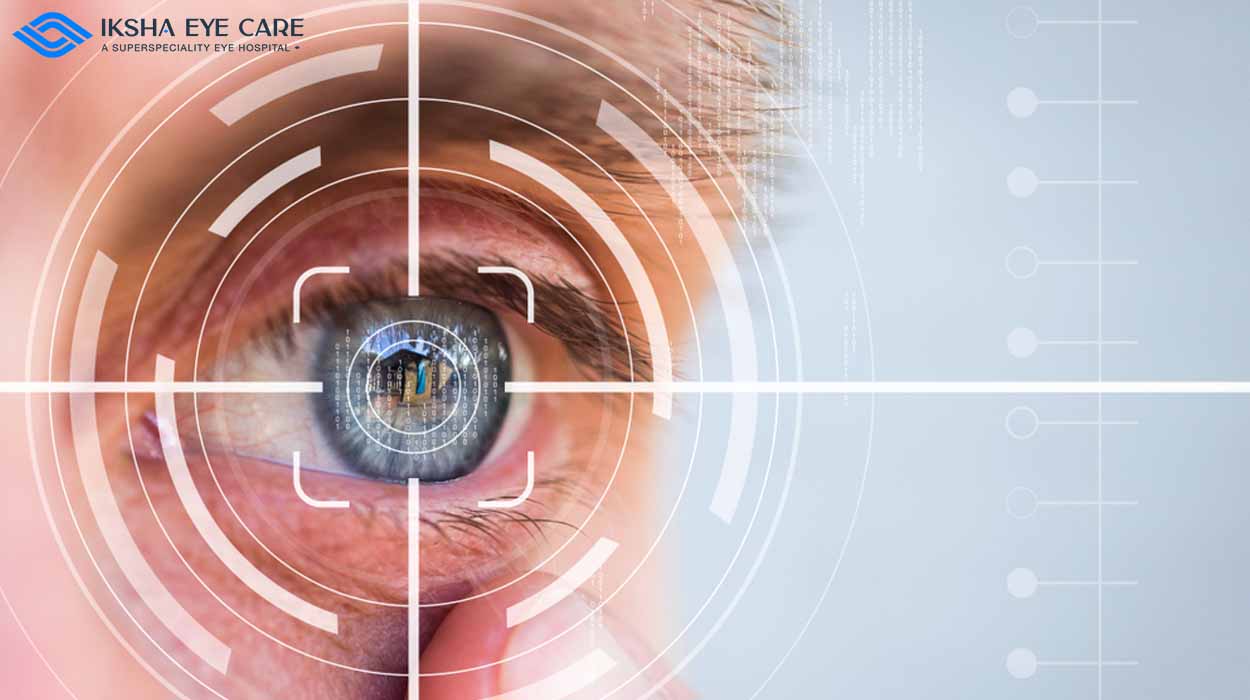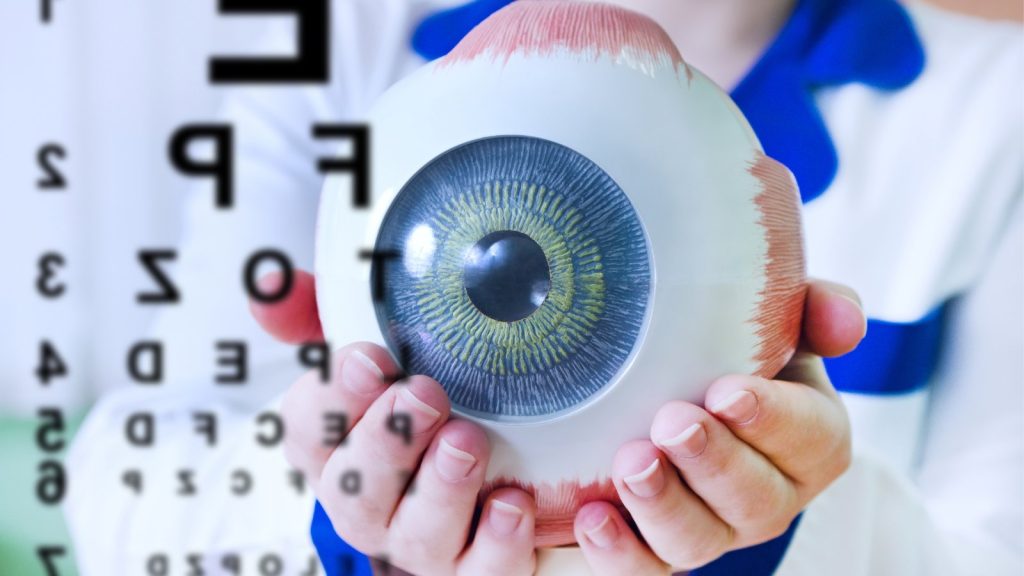Top-Rated Eyecare Near Me: Specialist Vision Services Available
Top-Rated Eyecare Near Me: Specialist Vision Services Available
Blog Article
The Duty of Advanced Diagnostic Tools in Identifying Eye Disorders
In the world of ophthalmology, the usage of advanced diagnostic devices has actually changed the early identification and management of various eye disorders. As the demand for accurate and timely medical diagnoses proceeds to expand, the combination of advanced devices like optical coherence tomography and aesthetic area testing has actually become important in the world of eye care.
Importance of Early Medical Diagnosis
Early diagnosis plays a critical role in the effective management and treatment of eye conditions. By spotting eye conditions at a very early stage, medical care carriers can supply appropriate therapy strategies customized to the details problem, inevitably leading to better results for patients.

Modern Technology for Finding Glaucoma
Sophisticated diagnostic innovations play a crucial role in the early detection and surveillance of glaucoma, a leading source of irreversible loss of sight worldwide. One such technology is optical comprehensibility tomography (OCT), which gives detailed cross-sectional photos of the retina, permitting the measurement of retinal nerve fiber layer thickness. This dimension is necessary in assessing damages triggered by glaucoma. An additional advanced device is visual area screening, which maps the level of sensitivity of a patient's visual field, helping to spot any areas of vision loss feature of glaucoma. Furthermore, tonometry is made use of to measure intraocular pressure, a major risk variable for glaucoma. This examination is important as raised intraocular pressure can cause optic nerve damages. More recent technologies like the use of fabricated knowledge algorithms in analyzing imaging information are showing encouraging results in the very early detection of glaucoma. These advanced analysis devices enable ophthalmologists to identify glaucoma in its beginning, enabling timely treatment and better management of the illness to avoid vision additional resources loss.
Role of Optical Coherence Tomography

OCT's capacity to quantify retinal nerve fiber layer thickness permits for specific and objective measurements, aiding in the very early detection of glaucoma also before visual field defects come to be noticeable. On the whole, OCT plays a critical role in enhancing the diagnostic accuracy and management of glaucoma, ultimately contributing to much better end results for people at threat of vision loss.
Enhancing Medical Diagnosis With Visual Field Screening
A necessary component in comprehensive ophthalmic examinations, visual field screening plays an essential duty in enhancing the diagnostic procedure for numerous eye disorders. By examining the full level of a client's aesthetic area, this examination supplies vital info regarding the practical integrity of the entire aesthetic pathway, from the retina to the aesthetic cortex.
Visual field screening is specifically valuable in the diagnosis and administration of conditions such as glaucoma, optic nerve conditions, and different neurological conditions that can impact vision. Via quantitative dimensions of peripheral and main vision, clinicians can detect subtle adjustments that you could check here might suggest the existence or development of these problems, even click to read more prior to obvious signs happen.
In addition, aesthetic field screening enables for the monitoring of therapy efficiency, helping eye doctors tailor healing interventions to private patients. eyecare near me. By tracking adjustments in aesthetic field performance over time, medical care carriers can make educated choices about readjusting drugs, advising surgical interventions, or executing various other suitable actions to maintain or enhance an individual's visual function
Managing Macular Degeneration

Conclusion
In verdict, advanced analysis tools play a crucial duty in determining eye disorders early on. Technologies such as Optical Coherence Tomography and aesthetic area testing have substantially improved the accuracy and effectiveness of diagnosing problems like glaucoma and macular deterioration.
Report this page